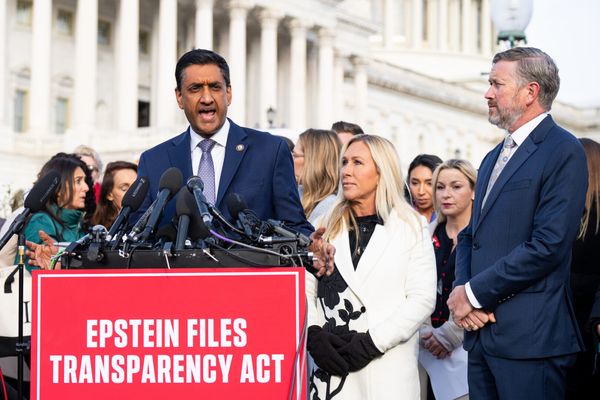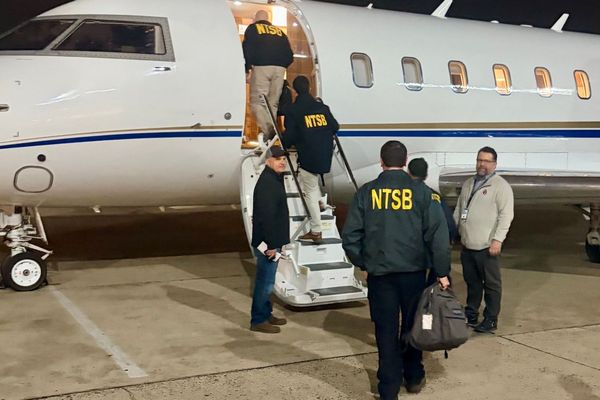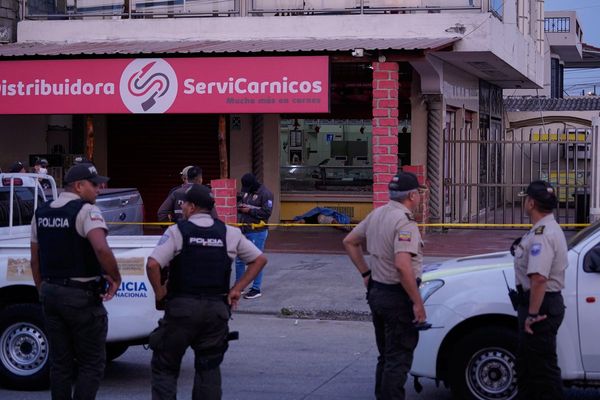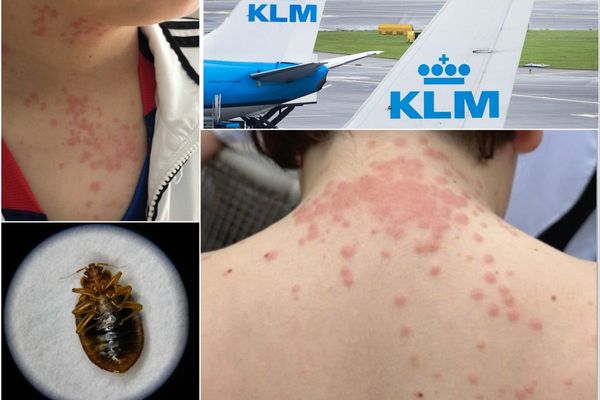A major food safety recall can be a death sentence for a brand. The news of a contamination outbreak can instantly destroy decades of consumer trust. Some companies never recover and are forced to go out of business. However, other brands seem to have a near-miraculous ability to survive even the most devastating recall and come back stronger than ever. The difference between survival and failure is not an accident. It is the result of a few key factors that determine a brand’s resilience in the face of a crisis.
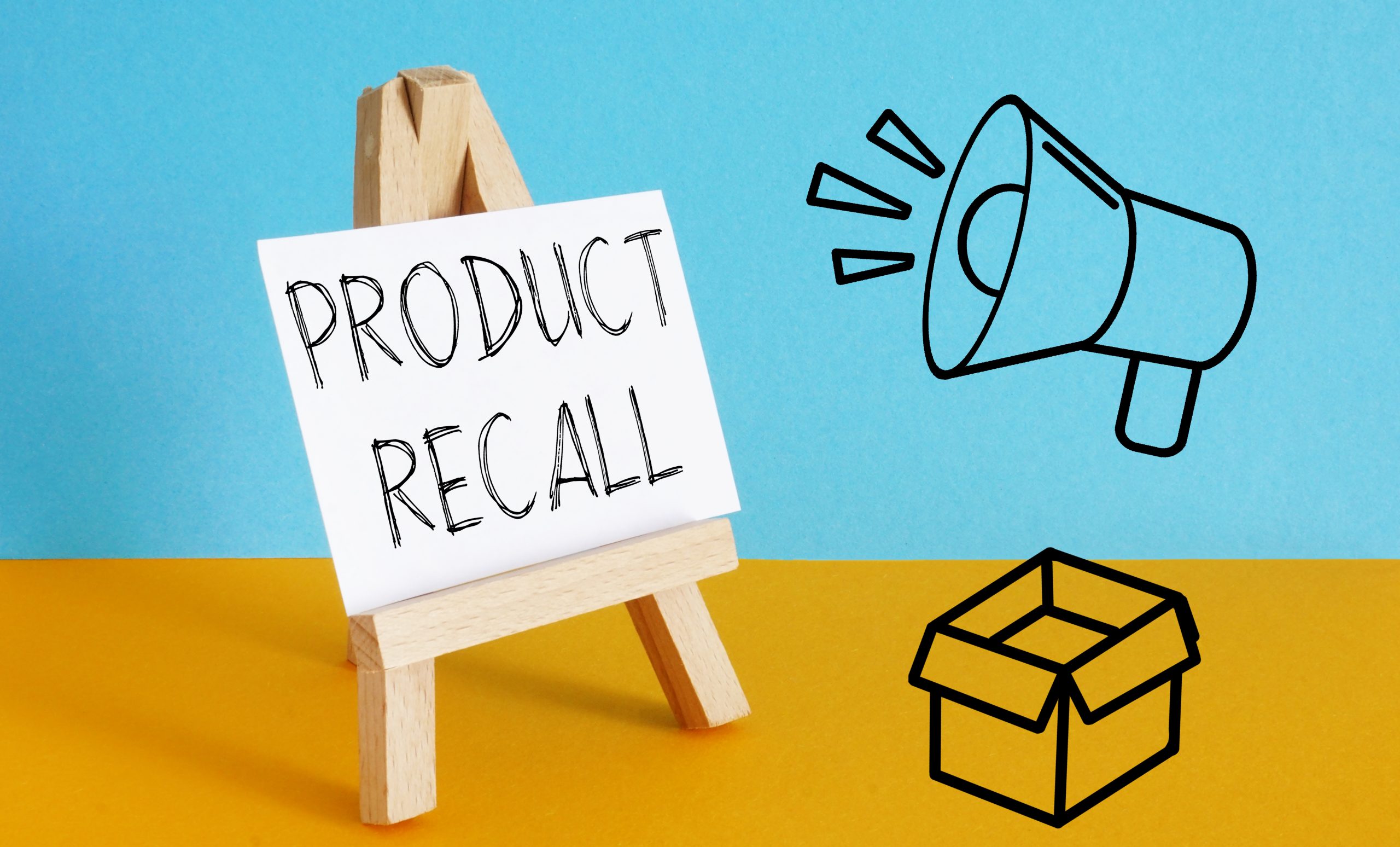
The Power of Deep Brand Loyalty
The single most important factor in surviving a recall is the depth of the brand’s pre-existing customer loyalty. A brand like Blue Bell Ice Cream had a fanatical, multi-generational following in the South before its deadly Listeria outbreak in 2015. This deep, emotional connection meant that many customers were willing to forgive the company and eagerly awaited its return to the market. A newer or less-loved brand would not have received the same grace.
A Fast and Transparent Response
How a company responds in the first few days of a crisis is critical. The brands that survive are the ones that take immediate and transparent action. When Jack in the Box faced its devastating E. coli outbreak in 1993, the company’s initial response was poor. However, it ultimately survived by becoming a leader in food safety, implementing a rigorous new system that went far beyond what the government required. This showed a real commitment to solving the problem.
The Role of Deep Financial Pockets
Surviving a recall is an incredibly expensive process. A company has to pay for the recall itself, settle expensive lawsuits, and often completely overhaul its production facilities. A small, independent company can easily be bankrupted by these costs. A large, well-funded corporation like Conagra, which owned the Peter Pan brand during its Salmonella outbreak, has the financial resources to weather the storm and invest in the necessary changes to bring the brand back.
The Ability to Scapegoat a Supplier
Sometimes, a brand can survive a recall by effectively blaming someone else. When a food recall is traced back to a single, contaminated ingredient from a third-party supplier, the brand itself can often deflect some of the blame. This is what happened in the massive spinach recall of 2006. While many brands were affected, the public’s anger was directed more at the farm that was the source of the contamination, not at the individual salad companies.
The Ultimate Test of a Brand
A major recall is the ultimate test of a brand’s strength, its leadership, and its relationship with its customers. The brands that survive are the ones that have a deep reservoir of public goodwill and that respond to the crisis with honesty and a genuine commitment to change. A recall can be a devastating event, but for the brands that handle it correctly, it can also be a powerful opportunity to rebuild and become even stronger.
Do you remember any of these major food recalls? Do you think you would buy from a brand after it has had a major safety issue? Let us know your thoughts!
What to Read Next
6 Times a Recalled Product Was Still on the Shelf
6 Snack Brands Being Recalled for “Undeclared Allergens”
How Alabama’s Health Department Handles Food Recalls
7 Times Pet Food Was Recalled Without National Coverage
6 Everyday Foods Recalled in Other Countries But Not Here
The post Why Some Brands Survive a Major Recall and Others Don’t appeared first on Grocery Coupon Guide.
